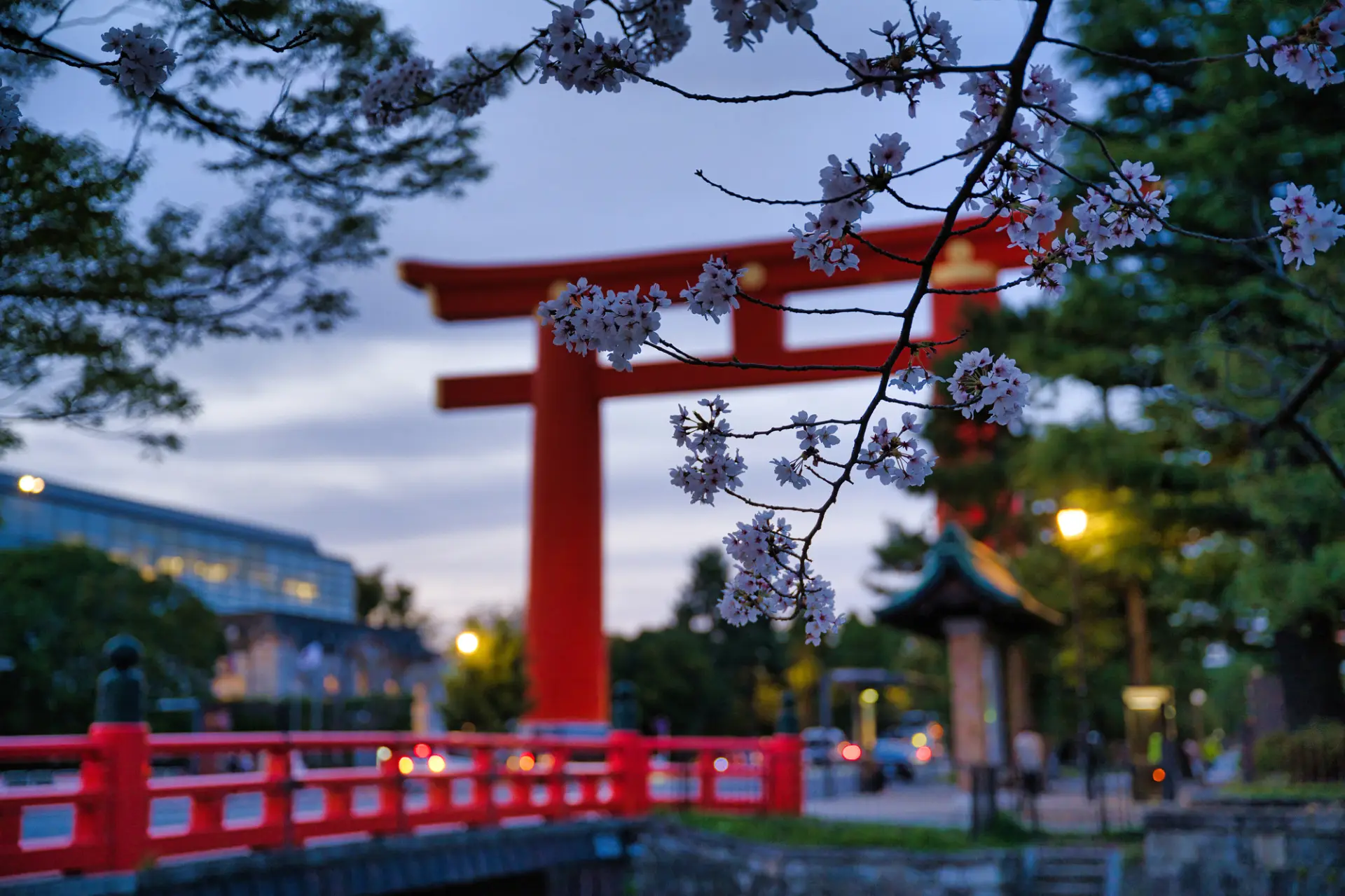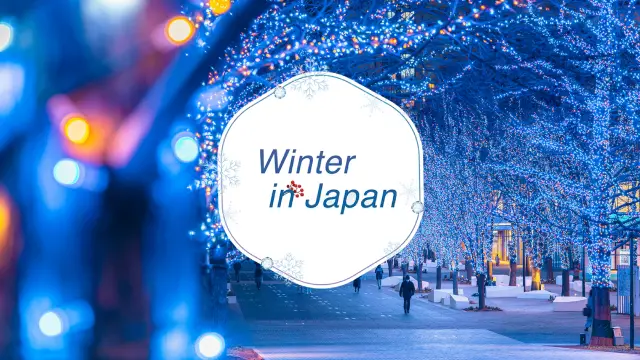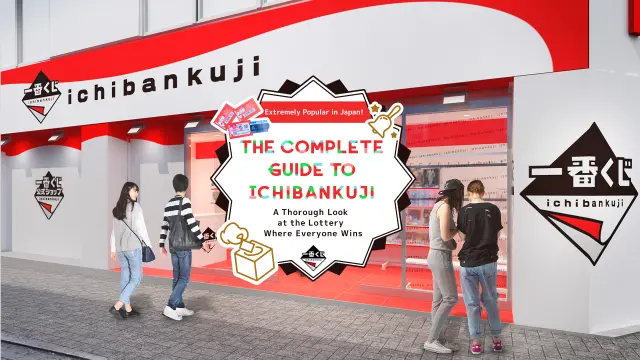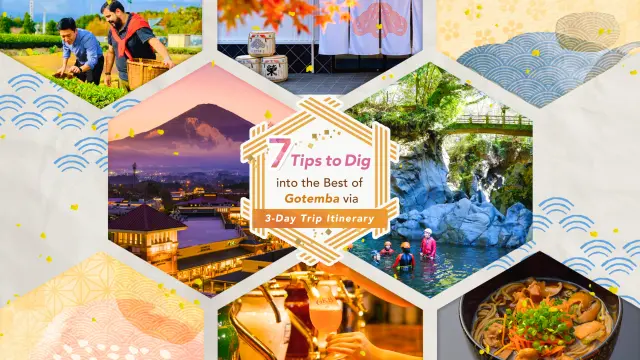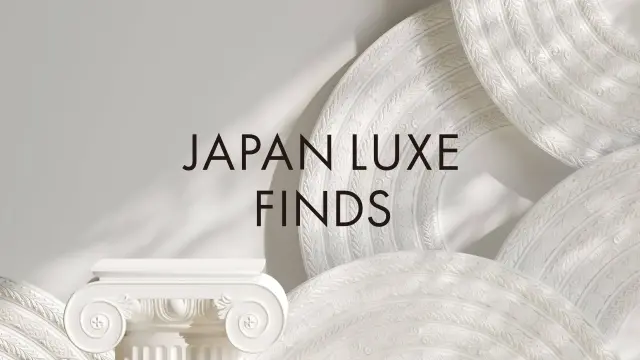![[Kyoto Cherry Blossom Viewing Tour] Spring in full bloom!](https://static.gltjp.com/glt/data/article/21000/20242/20230302_124808_ae25aeb2_w640.webp)
[Kyoto Cherry Blossom Viewing Tour] Spring in full bloom!
If you feel a hint of spring, why don't you go to Kyoto?Cherry blossoms in Kyoto usually begin blooming around the end of March and are at their best from early to mid-April. Kyoto, the ancient capital of Japan, is known for its elegant scenery. Enjoy walking around the historic shrines and temples and the streets where you can feel the careful lifestyle of the people and visit the best cherry blossom viewing spots.

